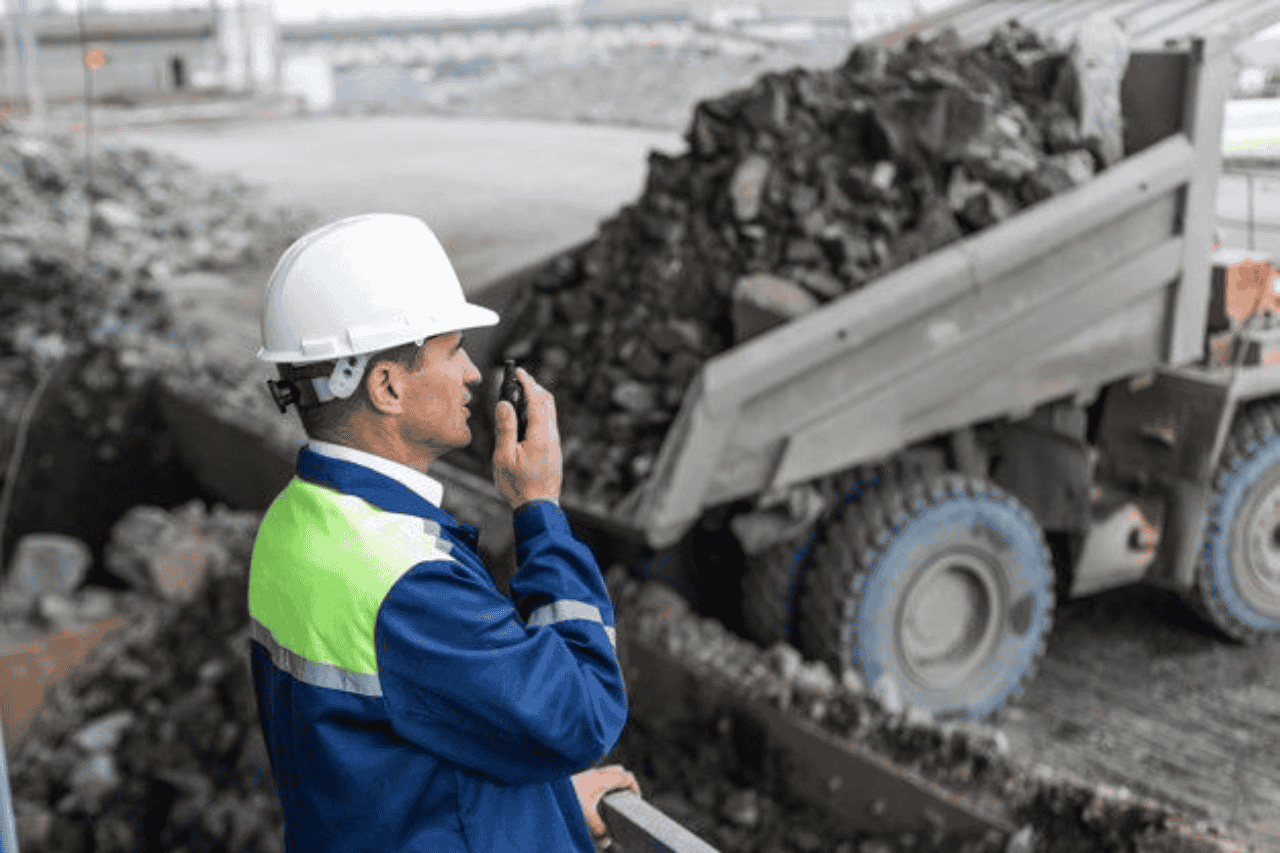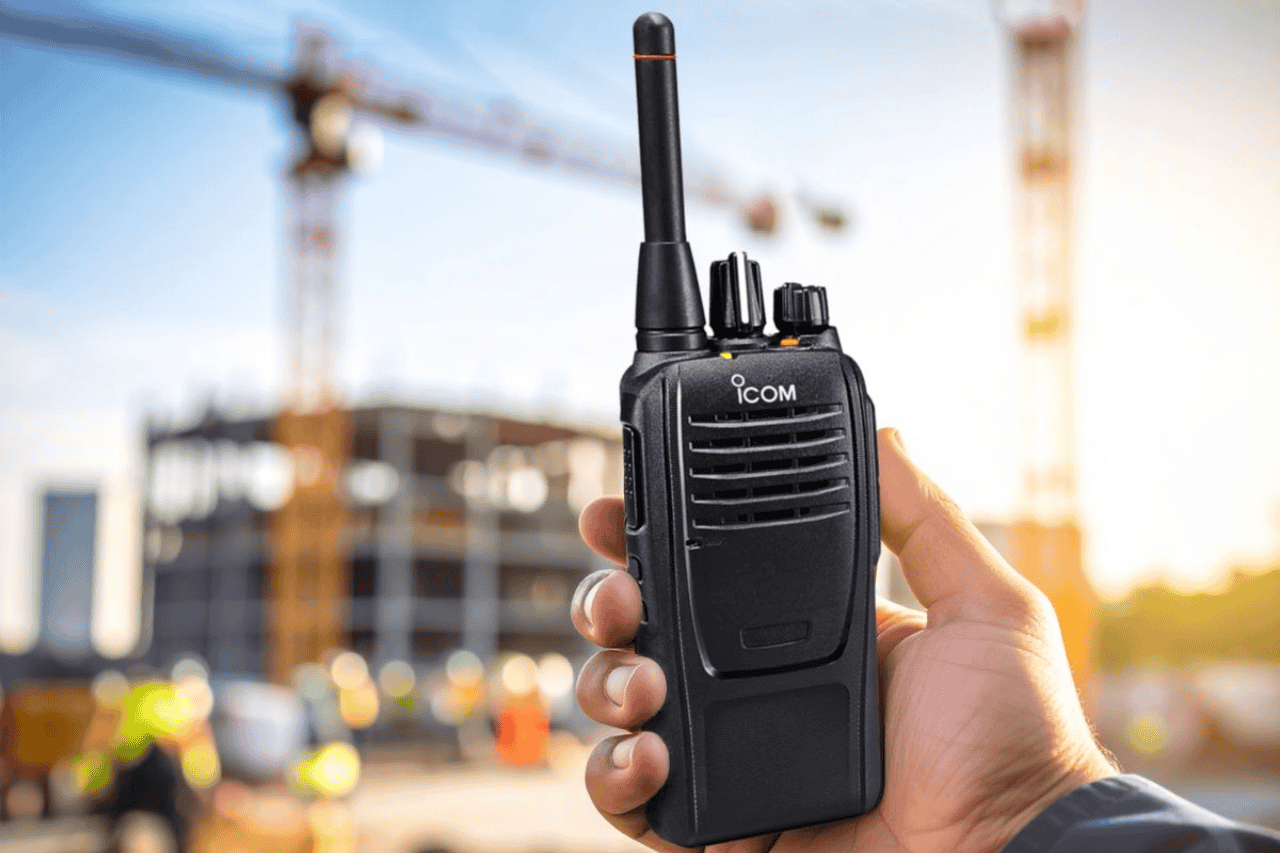In the world of construction and engineering, communication is everything. Whether it’s coordinating teams across multiple zones, managing machinery, or responding to safety emergencies, efficient and reliable communication can mean the difference between a smooth-running project and costly delays. While mobile phones have become a universal tool, walkie-talkies remain the preferred communication device on construction and engineering sites worldwide. Their instant connectivity, durability, and reliability make them indispensable for professionals working in complex and often hazardous environments.
This article explains why walkie-talkies continue to play a vital role in modern construction and engineering projects, their benefits, and what features to look for when choosing the right device for your team.
1. Real-Time Communication for Better Coordination
In construction and engineering projects, timing is crucial. Workers operate across large sites, from scaffolding to underground levels, and delays in communication can lead to inefficiencies or even accidents.
Walkie-talkies enable instant voice communication, eliminating the need to dial numbers or rely on cellular signals. Team leaders can immediately issue instructions, supervisors can coordinate with multiple crews, and safety officers can relay warnings instantly.
For example, on a large infrastructure project such as a bridge or highway, engineers and heavy machinery operators need real-time coordination to prevent collisions or scheduling conflicts. Walkie-talkies eliminate lag and ensure seamless interaction between departments—something smartphones can’t always guarantee in poor network areas.
2. Reliable Connection in Remote and High-Interference Areas
Construction projects often take place in challenging environments—such as remote areas, high-rise buildings, or underground sites—where mobile reception is weak or nonexistent.
Walkie-talkies operate on radio frequencies (VHF or UHF) that don’t rely on cell towers, making them far more dependable. UHF models are especially effective in dense urban environments or buildings because they penetrate walls and obstacles better.
This reliability ensures that communication remains uninterrupted, even during network outages, power cuts, or natural disasters—situations where mobile devices might fail.

3. Enhanced Safety and Emergency Response
Safety is the top priority in every construction and engineering project. Quick response times can save lives during emergencies such as accidents, equipment malfunctions, or fires.
Walkie-talkies allow instant group alerts and emergency broadcasts. Many professional models are equipped with emergency buttons, man-down alerts and hands-free features (VOX) that enable workers to call for help without having to physically operate the device.
For example, if a worker falls or gets trapped, pressing the emergency button immediately alerts the supervisor and nearby team members. Rapid communication reduces the risk of serious injury by enabling quick evacuation and first-aid response.
4. Cost-Effective Communication Solution
Unlike mobile phones, walkie-talkies don’t require monthly service fees, SIM cards, or data plans. Once purchased, they provide unlimited communication at no extra cost.
For large projects involving dozens or hundreds of workers, this can translate into significant savings. Additionally, many walkie-talkies support group communication, allowing multiple users to listen and respond simultaneously—something mobile networks can’t do without conference calls or special apps.
This cost-effectiveness makes walkie-talkies an ideal long-term investment for construction firms and engineering contractors managing multiple ongoing projects.
5. Durability and Rugged Design
Construction and engineering environments can be tough—dust, water, vibration, and extreme temperatures are part of the daily routine. Consumer mobile phones are simply not built for these conditions.
Professional-grade walkie-talkies, however, are designed to withstand harsh work environments. Many come with IP ratings for water and dust resistance, shockproof exteriors, and long-lasting batteries that can endure 12–20 hours of continuous use.
Brands such as Motorola, Kenwood, and Hytera offer models specifically built for industrial use, ensuring reliable performance even in the most demanding settings.
6. Team Efficiency and Productivity
In construction and engineering, productivity depends heavily on coordination. When team members can instantly communicate, tasks are completed faster and with fewer errors.
For example, site managers can quickly assign tasks to employees without physically moving around the site. Equipment operators can confirm readiness before starting operations, and logistics teams can coordinate deliveries in real time.
This improved communication flow reduces downtime, avoids duplicated efforts, and ensures the project progresses according to schedule.

7. Group Communication and Channel Management
Unlike one-to-one phone calls, walkie-talkies allow instant group communication. Supervisors can broadcast messages to an entire crew or specific teams by selecting dedicated channels.
For example:
- Channel 1: Management and supervisors
- Channel 2: Machinery and logistics team
- Channel 3: Safety and emergency crew
- Channel 4: Electrical or plumbing department
This structure ensures communication remains organised and relevant, minimising confusion. It also allows managers to monitor ongoing operations across multiple departments with ease.
8. Integration with Modern Technology
While walkie-talkies are traditionally seen as standalone devices, today’s models are becoming increasingly advanced. Modern digital walkie-talkies support Bluetooth headsets, GPS tracking, and data transmission for text or location updates.
Digital systems like DMR (Digital Mobile Radio) enable clearer audio, longer range, and secure communication through encryption. Some models can even integrate with smartphones via apps, allowing hybrid communication between radio and mobile networks.
This blend of classic reliability and modern functionality makes walkie-talkies more adaptable to today’s connected work environments.
Choosing the Right Walkie Talkie for Your Project
When selecting walkie-talkies for your construction or engineering site, consider these essential factors:
1. Range:
Select long-range models that can cover large sites or multiple floors. UHF frequencies work best for building interiors, while VHF is ideal for open areas.
2. Battery Life:
Look for models with high-capacity batteries (at least 1500–2000mAh) or support for backup batteries.
3. Durability:
Ensure your walkie-talkie is rated at least IP54 or higher for dust and water resistance.
4. Audio Quality:
Construction sites are noisy, so devices with noise-cancelling microphones and loudspeakers are essential.
5. Hands-Free Functionality:
VOX-enabled models let workers communicate without pressing buttons—ideal for those operating heavy equipment.
6. Channel Capacity:
Having more channels improves team management and reduces user interference.
7. Compliance:
Always ensure the device meets MCMC standards for legal operation in Malaysia.
Conclusion
Walkie-talkies may seem old-fashioned in a smartphone-dominated world, but their importance in construction and engineering remains undeniable. They provide instant, reliable, and cost-effective communications for safety, efficiency, and coordination.
From managing heavy machinery to ensuring worker safety, walkie-talkies serve as the lifeline of communication on every project site. As technology advances, newer digital models offer even greater performance—combining traditional reliability with modern innovation.
For construction and engineering professionals, investing in high-quality walkie-talkies isn’t just a convenience—it’s a necessity that ensures success, safety, and smooth project execution from start to finish.
Send Us An Enquiry Today!
We offer telecommunication equipment, systems consultancy, integration, and after-sales services.




